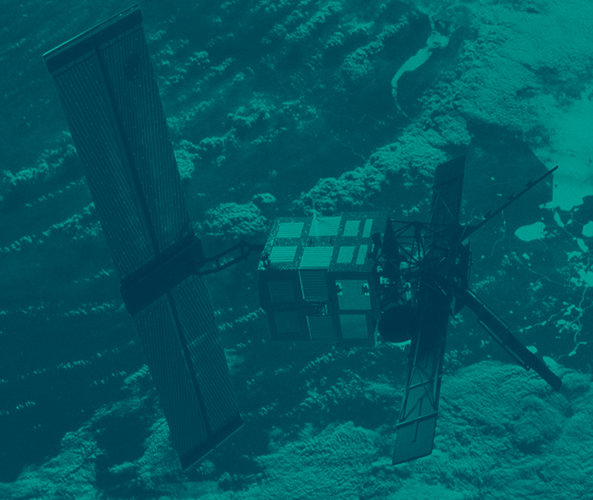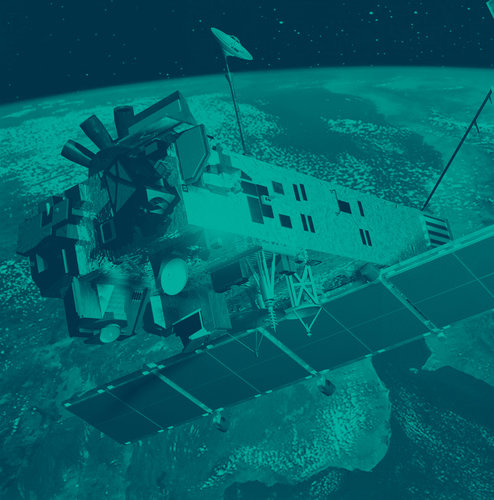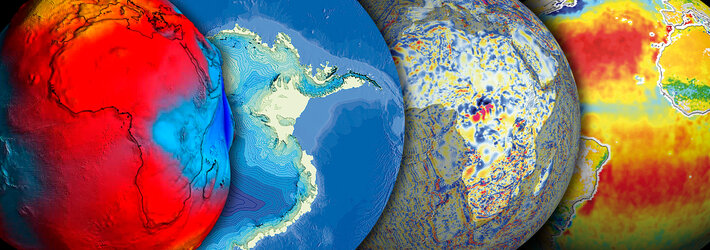Ice and climate
Beyond the area it covers, the influence of polar ice extends out to ocean circulation and planetary weather patterns. For instance, warm winter temperatures in Europe result from ocean currents partly driven by meltwater from Arctic ice. So changes to polar regions could hold far wider ramifications.
Reflecting and insulating
Snow and ice have a high albedo, meaning they reflect solar radiation back into space. And they also insulate land and ocean surfaces, holding in heat that would otherwise leak into the atmosphere.
So the cryosphere effectively works like a brake on global warming, but only up to a point: ice is extremely sensitive to changes in temperature, and when snow and ice begins to melt, its albedo decreases and it absorbs more solar radiation, causing it to melt faster still.
This being so, shrinkage of sea ice will increase temperatures in the region still further. Polar wildlife will lose important habitats and the erosion of coastlines cleared of ice will accelerate markedly.

Contributing to ocean circulation
Meltwater from the poles contributes to the global ocean 'conveyor' system, helping to form cold deepwater currents that sink towards the equator. Because freshwater is less buoyant than salt water these currents descend beneath warm water currents moving up from the equator, made more saline by evaporation.
Salinity is therefore a key variable in ocean circulation patterns – in turn influencing global climate. A surfeit of melting ice as the mass balance of the cryosphere shifts threatens to affect the salinity of the oceans, modifying or switching off ocean currents, along with increasing sea level.
Monitoring ice thickness
ESA's CryoSat mission performs radar mapping to an unprecedented order of detail in order to establish if the thickness of ice sheets on land and marine sea ice is indeed reducing, and if so then by how much.
Another Earth Explorer mission, ESA's Soil Moisture and Ocean Salinity (SMOS) spacecraft remotely measures ocean salinity to help ascertain the likelihood of changes in ocean currents and hence to our climate.
Glaciers in retreat

On a smaller but no less important scale, glaciers dotted about the globe from Kilimanjaro to the Karakoram mountains play significant role in their regional hydrology and climate, but evidence from a variety of sources suggests the majority of the world's glaciers are currently undergoing melting.
The long-term wide-area observations carried out by Earth observation satellites such as Envisat and ERS provide authoritative evidence of such trends and enable estimation of the consequences should such melting continue into the future.








